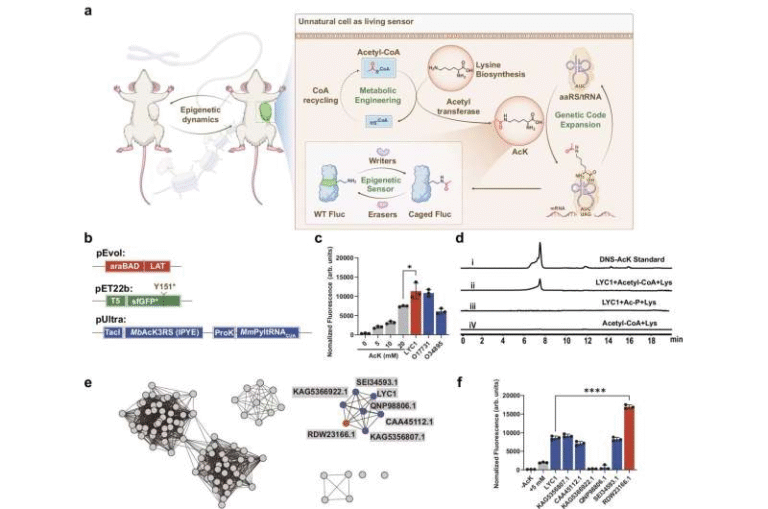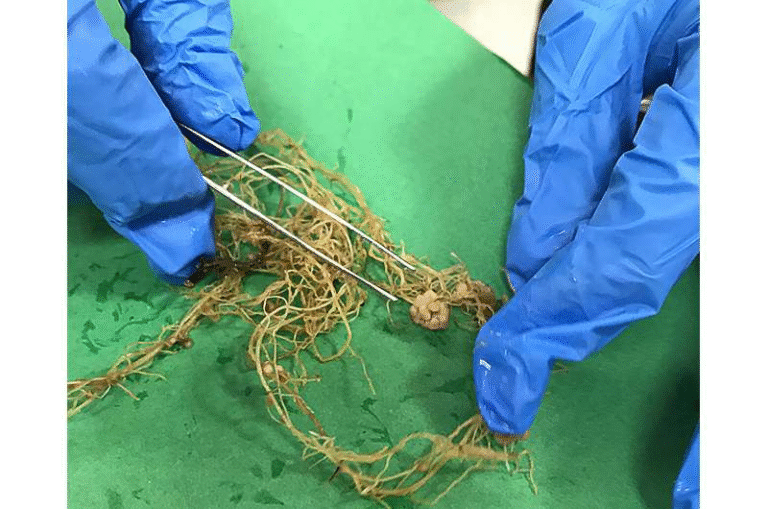Sprayable RNA Pesticide Calantha Shows High Success Against Colorado Potato Beetles When Used Early

A new kind of insecticide spray is changing how farmers fight one of the most destructive potato pests—the Colorado potato beetle. This beetle, known for devouring fields of potatoes, tomatoes, and eggplants, has long been a nightmare for growers and has developed resistance to dozens of chemical insecticides. But scientists may finally have found a more selective, eco-friendly solution in the form of a sprayable RNA-based pesticide called Calantha.
A New Kind of Pest Control
Unlike traditional broad-spectrum insecticides that kill nearly everything in their path—including beneficial insects like bees and ladybugs—Calantha is built on RNA interference (RNAi) technology, a genetic method that targets pests at the molecular level. Instead of poisoning the insect, this spray works by silencing a specific gene crucial to the beetle’s survival.
The product’s active ingredient, called Ledprona, contains double-stranded RNA (dsRNA)—a molecule that mimics natural genetic material found in cells. When the beetles feed on leaves coated with this dsRNA, the molecule enters the insect’s gut cells and triggers a natural biological process known as RNA interference. This process essentially shuts down the beetle’s PSMB5 gene, which is responsible for keeping cells healthy by removing damaged proteins. Once this gene is silenced, the beetle’s cells begin to fail, defective proteins accumulate, and the insect dies a few days later.
What makes this particularly exciting is that the dsRNA sequence is tailored specifically to the Colorado potato beetle’s genetic code, meaning it has no harmful effects on most other insects. That specificity could help protect pollinators and beneficial predators—something traditional pesticides have failed to do.
Timing Is Everything
Researchers led by Brian Nault at Cornell AgriTech, part of Cornell University’s College of Agriculture and Life Sciences, found that Calantha works best when used against young larvae early in the growing season. The study, published in Pest Management Science in October 2025, shows that the insecticide performs most effectively when sprayed a few times during the first weeks after eggs hatch.
Colorado potato beetles typically have two generations each year—one in spring and one in summer. During the first generation, other pests are less active, making this the perfect window to target beetle larvae with Calantha. As the season progresses and a second generation of beetles emerges, other pests like aphids and leafhoppers also appear, meaning farmers often have to combine Calantha with additional control measures.
In their field trials, the Cornell researchers applied Calantha once larvae first appeared, then continued weekly treatments for two or three weeks. This approach achieved strong results, especially when the beetle population was still small. The product was less effective once the larvae matured, suggesting that early and frequent applications are essential for success.
Effectiveness and Environmental Benefits
Tests showed that Calantha could kill both adult and larval beetles, but smaller larvae were much more vulnerable. This early-stage sensitivity gives farmers an incentive to monitor their crops closely and apply the treatment as soon as beetles hatch.
Another big plus is its environmental safety profile. Because Calantha’s RNA molecules are designed to match only the beetle’s unique gene sequences, non-target insects remain unharmed. Field tests across several U.S. states—Idaho, Wisconsin, and Maine—found that populations of beneficial insects, such as predatory wasps and ladybugs, were unaffected by Calantha, while those same species declined sharply in fields treated with conventional chemical insecticides.
In a world where pollinator loss and insect biodiversity decline are major concerns, this kind of selectivity is a huge step forward.
Regulatory and Usage Considerations
Despite its promise, Calantha comes with a few important limitations. In New York State, for instance, the Department of Environmental Conservation limits farmers to two applications per year. This restriction aims to slow the development of resistance—something the Colorado potato beetle is notoriously good at evolving.
Another limitation is that Calantha cannot be used by organic farmers. The manufacturing process for its dsRNA does not comply with organic production standards, which is disappointing given how environmentally friendly the pesticide itself is. Researchers hope that future formulations or new manufacturing pathways might one day make RNA-based products available for organic systems too.
Still, the U.S. Environmental Protection Agency (EPA) has taken a favorable stance toward RNA-based pest control technologies, viewing them as an innovative and safer alternative to traditional insecticides. Calantha’s registration marks one of the first major approvals for an RNA-based spray insecticide, opening the door for future products targeting other species.
Why the Colorado Potato Beetle Is Such a Big Deal
The Colorado potato beetle (Leptinotarsa decemlineata) is one of agriculture’s most infamous pests. Native to North America, it spread rapidly across continents as potato cultivation expanded. Today, it’s estimated to cause billions of dollars in crop losses every year. The beetle’s real danger lies in its ability to adapt and evolve resistance to nearly every pesticide thrown at it.
Over the decades, it has developed resistance to more than 50 different active ingredients across several classes of insecticides, including neonicotinoids, pyrethroids, and carbamates. This makes it one of the most pesticide-resistant insects in the world.
RNA-based insecticides like Calantha could help reset the playing field by offering an entirely new mode of action—one that the beetle’s biology has never encountered before.
The Science Behind RNA Interference
RNA interference (RNAi) is a natural genetic mechanism found in nearly all plants and animals. It acts like a biological “mute button” that turns off specific genes. Scientists discovered that introducing double-stranded RNA into an organism could silence any gene whose sequence matched the RNA. This discovery earned researchers the 2006 Nobel Prize in Physiology or Medicine and has since revolutionized biology, medicine, and now agriculture.
In pest management, RNAi can be used in two main ways:
- Genetically engineered crops that produce dsRNA within their tissues (already used in some corn varieties to combat rootworms).
- Sprayable RNA products like Calantha, which can be applied externally to plants and still deliver gene-silencing effects when pests feed on them.
Sprayable RNA has an advantage because it does not alter the plant’s DNA, meaning it doesn’t fall under GMO classification in most countries. It also allows researchers to tailor new RNA sequences for different pest species quickly, potentially leading to a range of highly specific insecticides in the future.
Looking Ahead: The Future of RNA Pesticides
The success of Calantha could pave the way for a new generation of pest control tools. Researchers are already testing RNA-based sprays for other serious pests, including:
- Varroa mites, which spread disease among honeybees.
- Asian citrus psyllids, carriers of the bacteria responsible for citrus greening disease.
- Bark beetles, which damage forests.
- Mosquitoes, which transmit diseases like dengue and malaria.
If these RNA sprays can be proven safe, affordable, and effective, they could offer a major breakthrough in sustainable agriculture—allowing farmers to manage pests without destroying beneficial insects or harming ecosystems.
Still, scientists emphasize caution. Because pests can eventually develop resistance to any control method, rotation strategies will remain crucial. Farmers should use RNA sprays as part of Integrated Pest Management (IPM) programs that combine biological control, crop rotation, and careful monitoring rather than relying on a single solution.
The Takeaway
Calantha represents a promising leap forward in environmentally conscious pest management. It is highly targeted, effective against one of agriculture’s toughest pests, and safe for most beneficial insects. When used correctly—early in the season and at the right intervals—it could significantly reduce the damage caused by Colorado potato beetles. However, its success will depend on responsible use, resistance management, and regulatory support.
If RNA-based pesticides continue to prove their worth, they might soon become a new standard for precision agriculture, where genetic science meets sustainable farming.
Research Reference:
Optimizing application timing and frequency of a novel dsRNAi-based insecticide for Colorado potato beetle management – Pest Management Science (2025)





